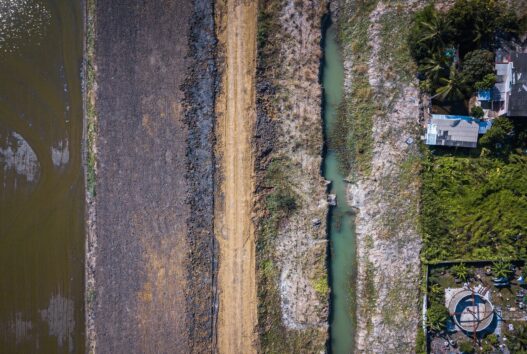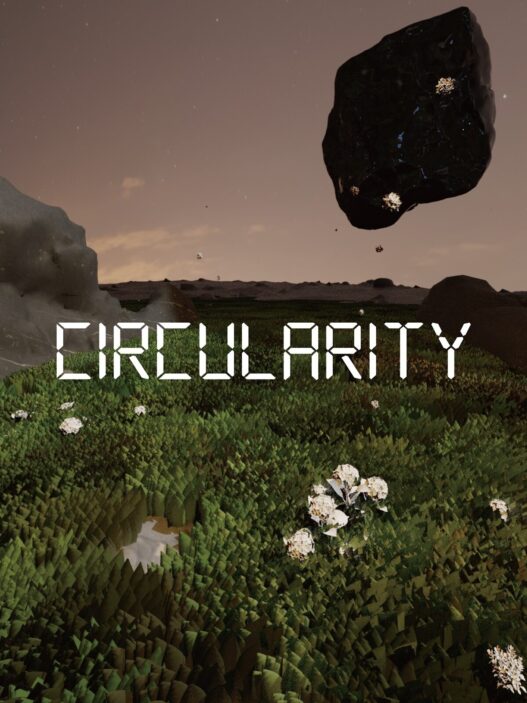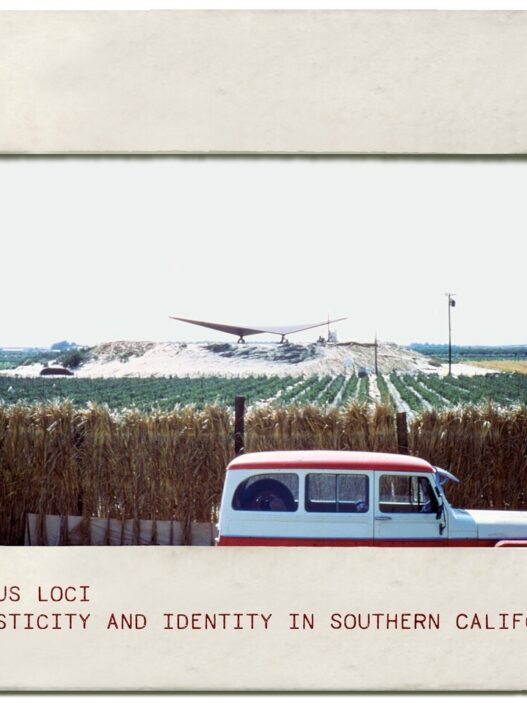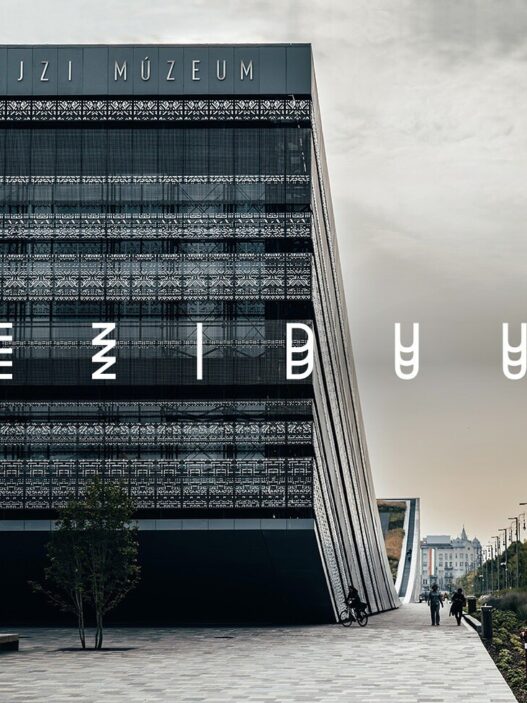Cornell University College of Architecture, Art, and Planning presents the symposium, "Design and Architecture of the Rural-Urban Interface," on March 2–3, 2023.
Geographic zones that resist categorization as urban or rural are increasingly dominating the backdrop for design, construction, and development innovation worldwide. “FRINGE: New Centers for Architecture and Urbanism,” the semester’s first of two Preston Thomas Memorial Symposia, will be held this March at Cornell’s College of Architecture, Art, and Planning (Cornell AAP), and will include an accompanying exhibition that will help unpack their spatial, ecological, and technological capacities, revealing strategies that strive to be more environmentally conscious, socially equitable, and architecturally viable.
The symposium will open in Beijing on March 2 (8pm ET), co-hosted with the Cornell China Center, and continue on March 3 (2pm ET) in Milstein Auditorium at Cornell AAP. View the full symposium schedule and register to attend.
Where the action is
The two-day symposium, organized by Architecture Assistant Professor Leslie Lok and coordinated by Design Teaching Fellow Hanxi Wang, will bring together some of the world’s leading architects, designers, urban theorists, and researchers to fully explore spaces that operate beyond the binary of urban versus rural, particularly in East and Southeast Asia. A keynote presentation by Lu Wenyu and Wang Shu of Amateur Architecture Studio, as well as three panels, will take place in person in both the US and China, putting the conversation in, or close to, context. The proceedings will also be accessible virtually. Featured panelists include Joshua Bolchover (Rural Urban Framework), Stephen Cairns (Future Cities Laboratory), Curt Gambetta (Cornell University), Hu Yan and Li Han (Drawing Architecture Studio), John Lin (Rural Urban Framework), Boonserm Premthada (Bangkok Project Studio), Song Gang (Atelier cnS), Song Yehao (SUP Atelier), and Xu Tiantian (DnA Design and Architecture).
“Currently, the rural-urban is where the action is. It produces this ambiguous range of landscapes that can be characterized as neither distinctly urban nor distinctly rural,” Lok emphasized. “Therefore, it is important to understand what the agencies and narratives are that are driving the transformation and how these in-between spaces are serving as a global engine for urban growth.”
Taking a closer look
In addition to the symposium sessions, an exhibition in AAP’s Bibliowicz Family Gallery (February 28-March 23), curated around the touchstones of material, technology, and agency, will allow a deeper dive into a broader range of projects across geographical and cultural contexts in order to deeply explore different innovations. Pictures and large-scale drawings will highlight the individual construction elements and material systems that are relevant to each project’s environment. Also, additional AR components such as 3D-scanned models and material samples, locations, and urban landscapes give an immersive experience that allows visitors to examine and interact with specific features of the exhibited work at full scale.
Cornell University College of Architecture, Art, and Planning
129 Sibley Dome
Ithaca, NY 14853
United States




















